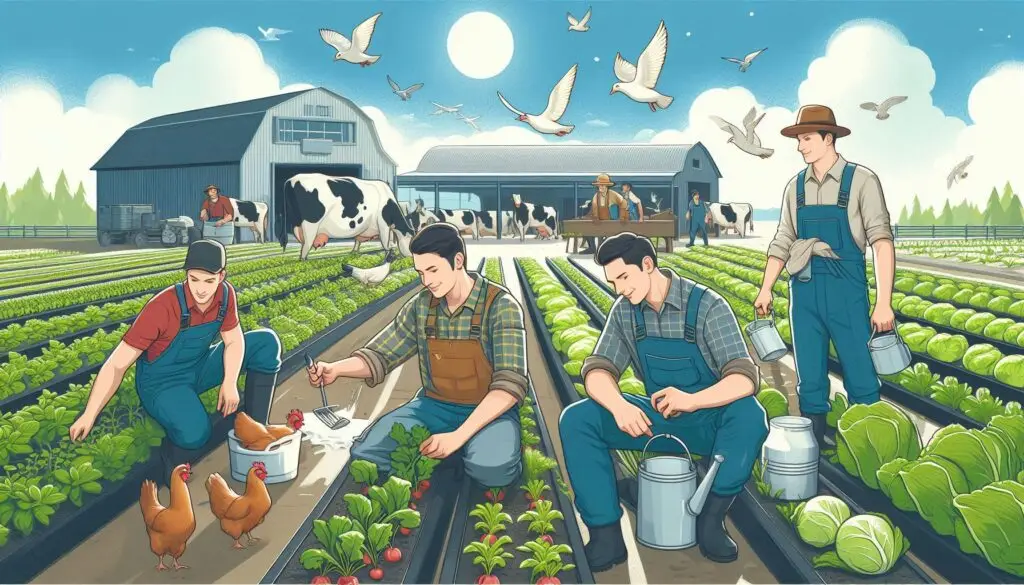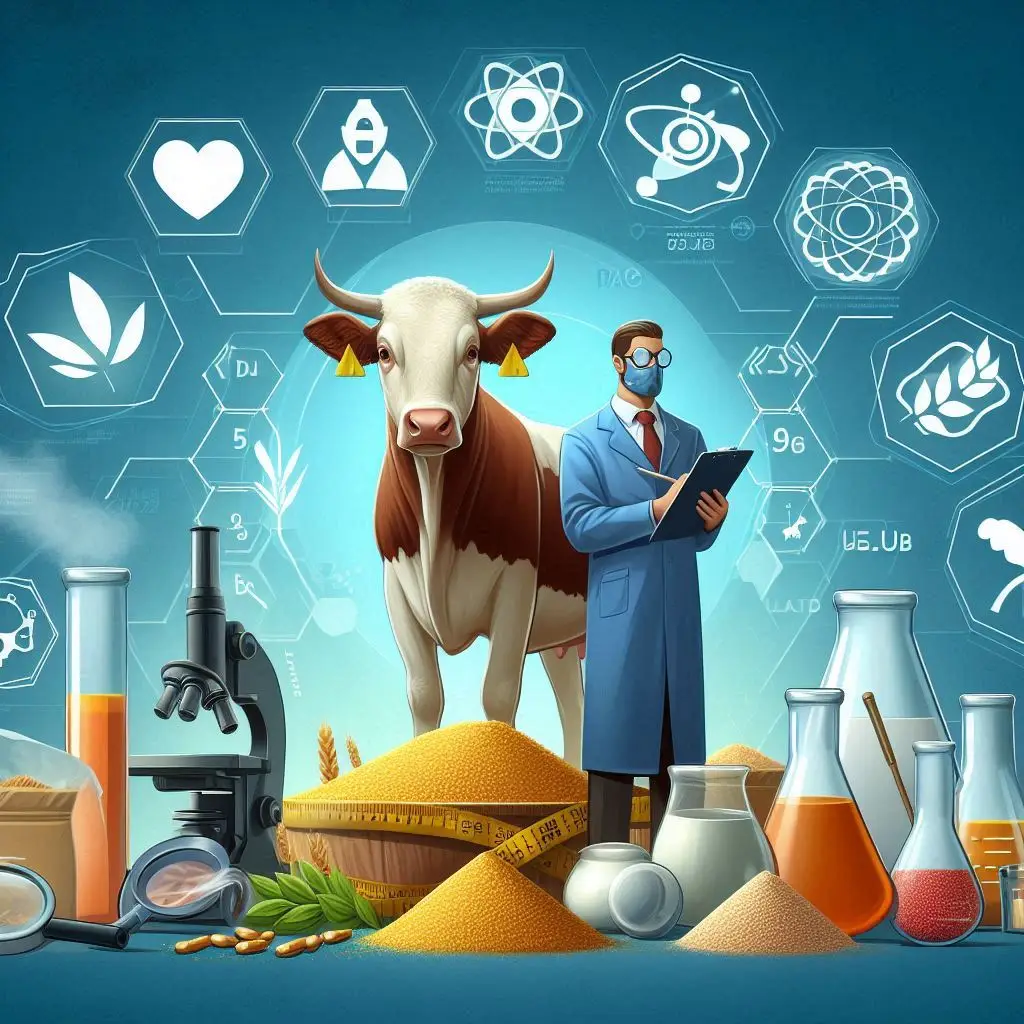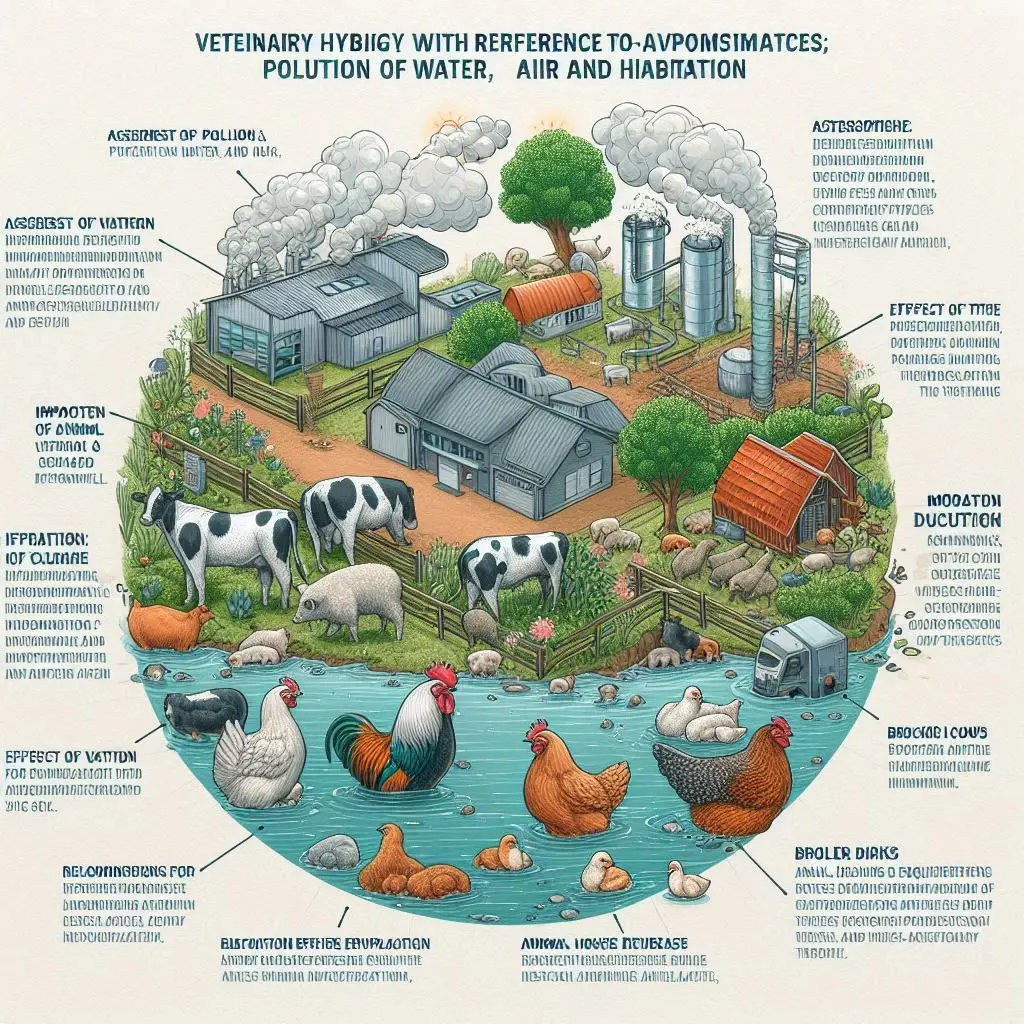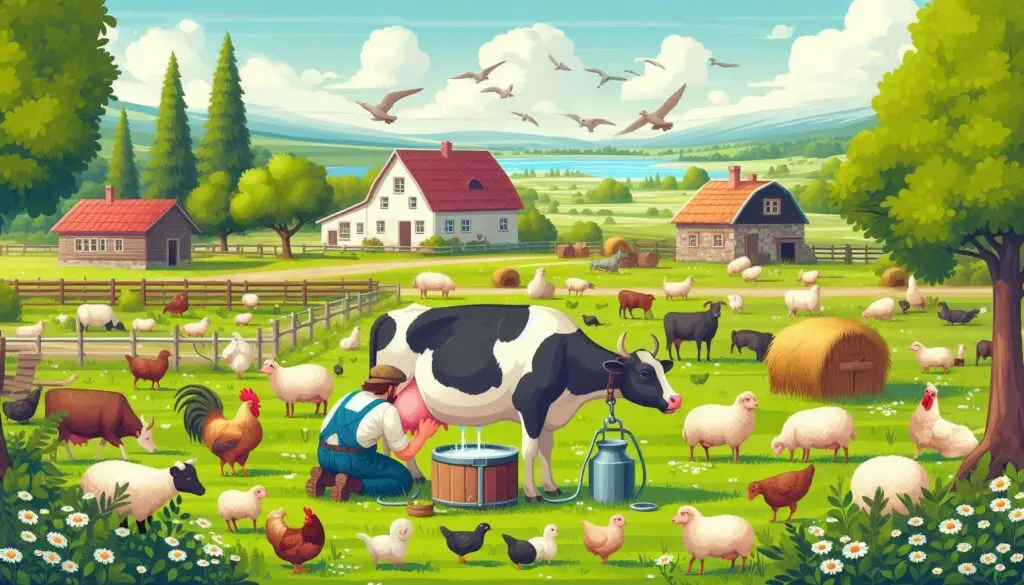Categories of Livestock Farm Labor

Introduction
Livestock farming plays a vital role in agriculture. It provides food, clothing, and other products that are essential for human life. However, behind every successful livestock farm lies a dedicated workforce. Understanding the different categories of livestock farm labor helps us appreciate the hard work that goes into maintaining these farms. In this article, we will explore various job titles, responsibilities, and skills required in livestock farming.
Categories of Livestock Farm Labor
1. Job Titles in Livestock Labor
Various job titles exist within the realm of livestock farming. Each title reflects specific responsibilities and areas of expertise. Here are some common roles:
1.1 Beef Cattle Farm Worker
Beef cattle farm workers focus on raising cattle for meat production. They manage feeding schedules, monitor health, and assist with breeding programs. For more information about beef cattle farming practices, check out Beef Quality Assurance.
1.2 Dairy Farm Worker
Dairy farm workers are responsible for milking cows and managing dairy herds. They ensure that cows receive proper nutrition and care to maintain high milk production levels. Learn more about dairy farming at Dairy Farmers of America.
1.3 Poultry Farm Worker
Poultry farm workers care for chickens and other birds raised for meat or eggs. Their tasks include feeding, cleaning coops, and monitoring bird health. For insights into poultry farming best practices, visit The Poultry Site.
1.4 Barn Worker
Barn workers maintain the facilities where livestock are housed. They clean barns, manage bedding materials, and ensure a safe environment for animals.
1.5 Apiary Worker
Apiary workers manage beehives to produce honey and other bee-related products. They monitor hive health and assist with honey extraction processes. For more details on beekeeping, see American Beekeeping Federation.
1.6 Hatchery Helper
Hatchery helpers assist in incubating eggs and caring for newly hatched chicks or other young animals. They play a crucial role in ensuring high hatch rates.
2. Responsibilities of Livestock Laborers
Each role in livestock farming comes with specific responsibilities that contribute to the overall success of the farm.
2.1 Feeding and Tending Animals
Feeding livestock is a primary responsibility across all roles. Workers must ensure that animals receive balanced diets to promote health and productivity.
2.2 Milking Animals
Dairy workers must milk cows or goats regularly to maintain milk production levels. This task requires skill to ensure humane handling while maximizing yield.
2.3 Animal Handling
Animal handling involves sorting and moving animals safely within the farm environment. Workers must be trained to handle animals calmly to prevent stress.
2.4 Facility Maintenance
Maintaining clean facilities is essential for animal health. Workers clean barns and stables daily to minimize disease risks.
2.5 Breeding Assistance
Breeding programs aim to improve livestock quality through selective breeding practices. Workers assist with mating schedules and monitor pregnancies.
2.6 Health Monitoring
Regularly observing animals for signs of illness is crucial in livestock farming. Timely intervention can prevent outbreaks and ensure animal welfare.
3. Types of Labor in Livestock Farming
Labor on livestock farms can be categorized based on employment status:
3.1 Permanent Labor
Permanent laborers work full-time throughout the year. They often take on multiple roles within the farm.
3.2 Seasonal Labor
Seasonal laborers are hired during peak times like calving or lambing seasons when extra help is needed.
3.3 Casual Labor
Casual laborers work on an as-needed basis during busy periods or special projects.
4. Skills Required in Livestock Farming
To succeed in livestock farming, certain skills are essential:
4.1 Knowledge of Animal Husbandry Practices
Understanding animal care techniques is fundamental for all roles in livestock farming.
4.2 Machinery Operation Skills
Many farms use machinery for feeding or cleaning tasks; therefore, workers should know how to operate this equipment safely.
4.3 Basic Veterinary Skills
Recognizing signs of illness can help workers provide timely care or alert veterinarians when necessary.
4.4 Physical Stamina
Livestock farming can be physically demanding; therefore, workers should have good stamina to perform their duties effectively.
5. Employment Trends in Livestock Farming
The demand for livestock laborers varies based on several factors:
5.1 Technological Advancements
As technology improves in agriculture, some traditional roles may evolve or require new skills.
5.2 Consumer Demand Changes
Shifts in consumer preferences can influence which types of livestock are raised and how many laborers are needed.
5.3 Economic Conditions
Economic factors can affect agricultural markets and subsequently impact employment levels on farms.
Conclusion
Understanding the categories of livestock farm labor highlights the importance of each role in maintaining efficient agricultural operations. From feeding animals to managing facilities, each worker contributes significantly to the success of the farm.
By recognizing these roles, we can appreciate the hard work that goes into producing food and other products from livestock farming.
More from Livestock Production and Management:
https://wiseias.com/dairying-in-mixed-farming/






Responses